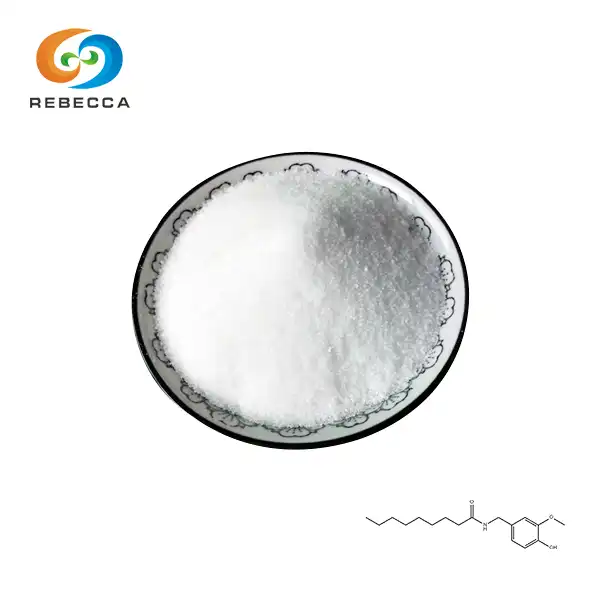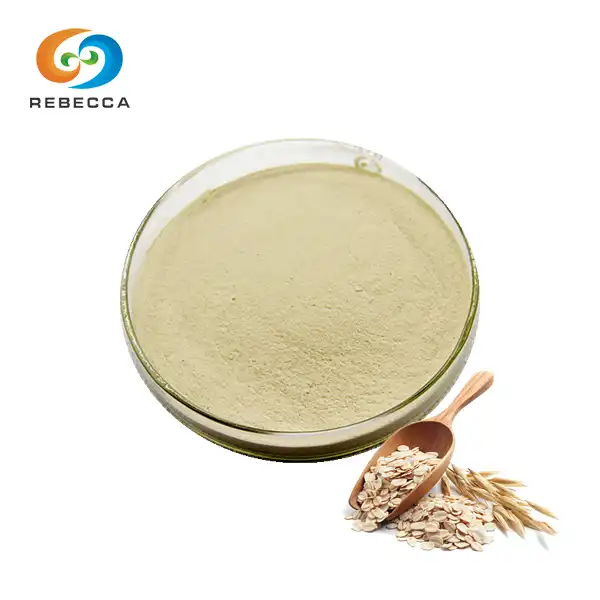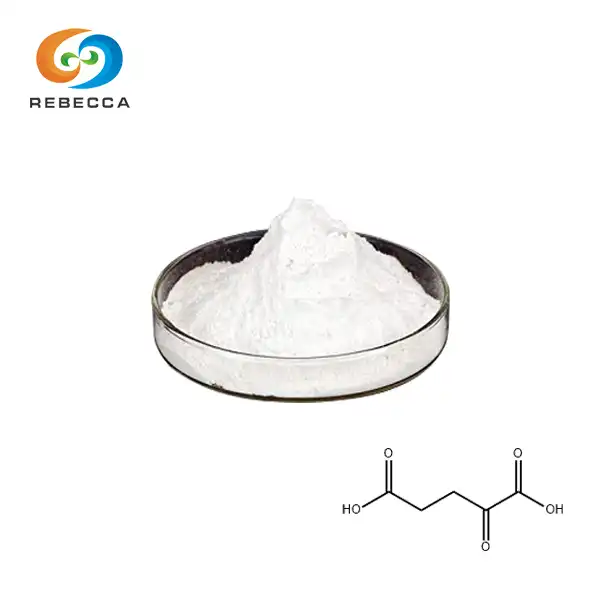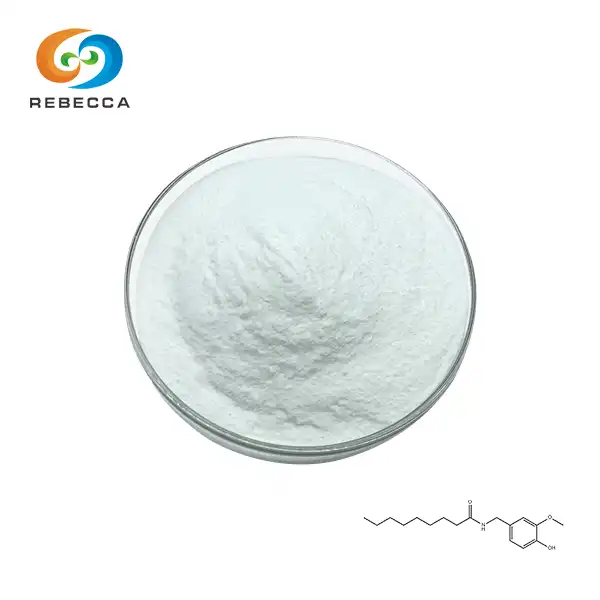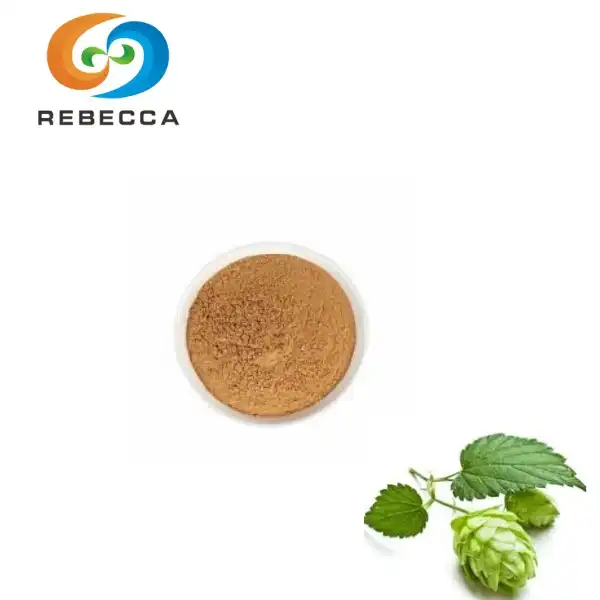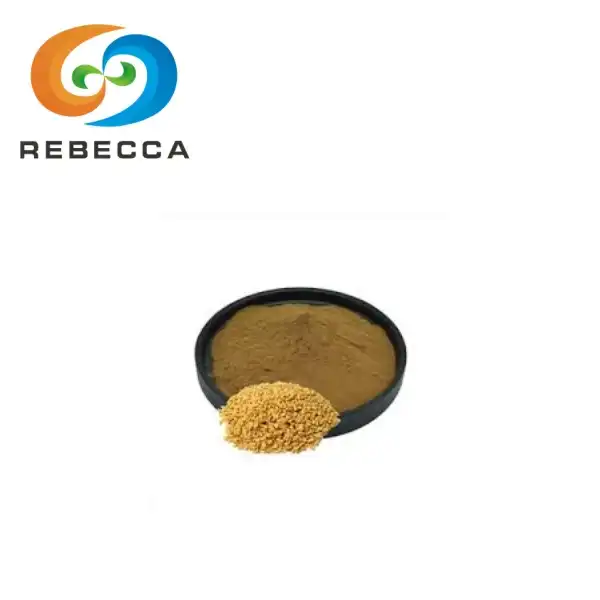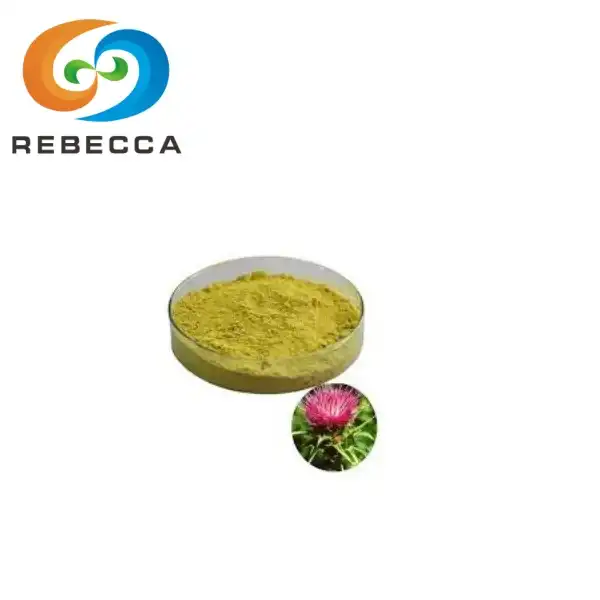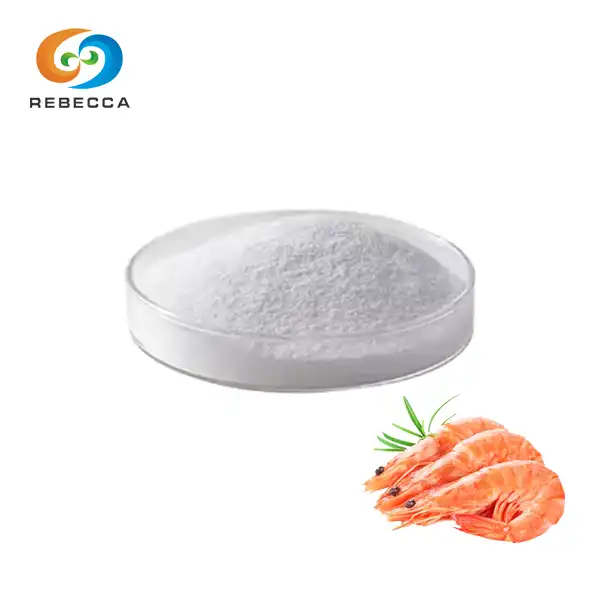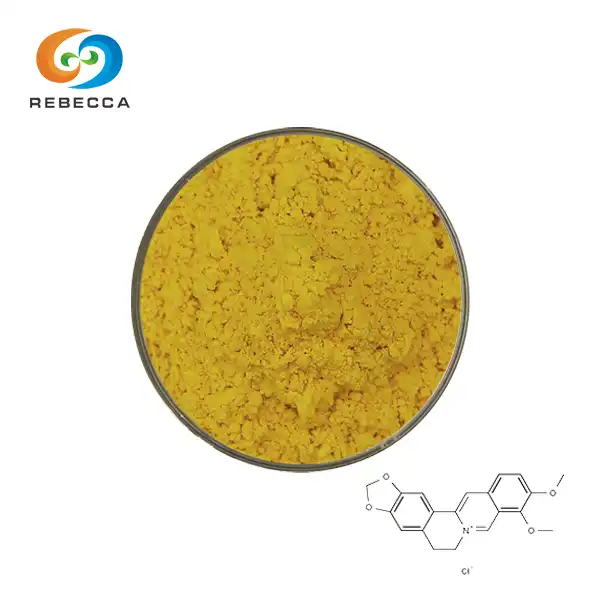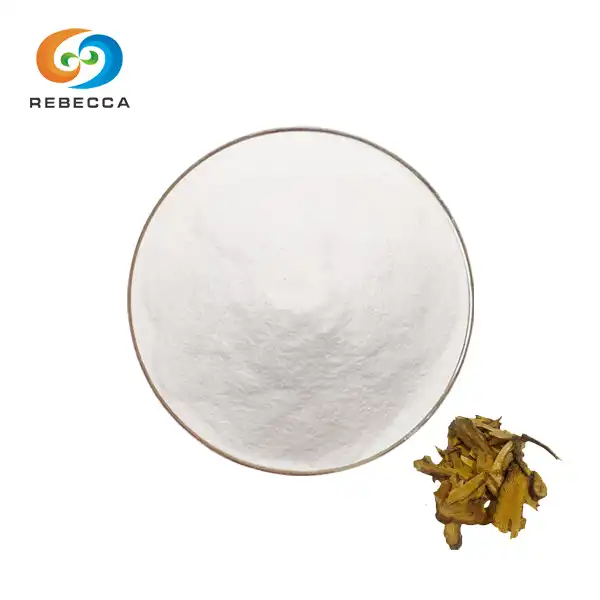Key Safety Tips for Using Nonivamide Powder in Formulas
Understanding Nonivamide Powder Properties
Nonivamide powder is a white to off-white crystalline substance with a molecular weight of 237.34 g/mol. It exhibits a melting point in the range of 55 to 61°C, making it stable at room temperature but sensitive to elevated heat. The powder dissolves readily in various organic solvents, which influences how it behaves in different formulations, especially those requiring lipid solubility. These physical and chemical characteristics make it a versatile ingredient but also require careful formulation strategies to ensure product stability and performance.
Proper Handling and Storage
When handling nonivamide powder, it's essential to maintain a cool, dry, and well-ventilated environment, ideally keeping it away from direct sunlight and moisture to preserve its chemical integrity. The recommended storage temperature is typically below 25°C. Under optimal conditions, the product maintains its effectiveness for up to two years. Personal protective equipment (PPE)—including gloves, protective goggles, and a dust mask—is necessary to avoid skin or respiratory irritation due to its potent sensory effects.
Concentration Considerations
Nonivamide powder is commercially available in purities such as 70%, 95%, and 99%, allowing for precise control over formulation strength depending on the intended application. High-purity grades are typically used in pharmaceutical and cosmeceutical formulations requiring strong bioactivity. Selecting the right concentration is critical—not only for achieving desired results but also for ensuring safety. Accurate weighing and dilution are essential to prevent adverse reactions and maintain consistent formulation performance.

Nonivamide Powder Benefits and Application Guidelines
Versatile Applications
Nonivamide powder finds use in diverse industries due to its unique properties. Some common applications include:
- Pharmaceutical formulations
- Topical pain relief products
- Food additives for heat sensation
- Personal defense sprays
- Animal repellents

Dosage and Incorporation Techniques
The appropriate dosage of nonivamide powder depends significantly on the specific application and delivery format, such as topical creams, gels, sprays, or transdermal patches. It is advisable to begin with lower concentrations—typically 0.025% to 0.1%—to evaluate individual skin tolerance and assess therapeutic outcomes.
Gradual adjustments can be made based on clinical performance and user feedback. Incorporating nonivamide with a well-matched carrier system, such as liposomes or ethanol-based solvents, ensures homogeneous dispersion, enhances dermal absorption, and maintains formulation stability. These measures collectively contribute to improved bioavailability, optimal therapeutic performance, and an enhanced end-user experience.
Quality Assurance Measures
Safety, efficacy, and consistency in nonivamide-based products begin with sourcing high-quality raw materials from reputable, GMP-compliant suppliers. Selecting high-purity nonivamide—typically ≥99%—is critical for achieving reproducible results in clinical and commercial applications. Always request and verify essential documents, including a Certificate of Analysis (COA), Material Safety Data Sheet (MSDS), and purity confirmation using validated techniques such as HPLC or GC-MS.
Implementing strict quality control protocols at every stage of production—including raw material testing, in-process monitoring, and final batch validation—not only minimizes the risk of contamination but also ensures uniformity, potency, and reliability of the product. This rigorous approach helps meet international regulatory and safety standards, reinforcing product integrity and consumer trust.
Optimizing Formulations with Nonivamide Powder Safely
Synergistic Ingredient Combinations
To significantly improve the performance and sensory appeal of nonivamide-based topical formulations, consider combining it with ingredients that deliver complementary physiological effects. For instance, co-formulating with menthol, camphor, or eucalyptus oil can produce a dual-action sensation—combining nonivamide's warming effect with a cooling counterbalance.
This multi-sensory profile increases user comfort and treatment satisfaction, particularly in formulations for musculoskeletal pain relief. Additionally, these combinations may extend the therapeutic window, reduce the required concentration of active ingredients, and promote faster onset of action. Such synergies elevate both the functional and commercial value of the final formulation.
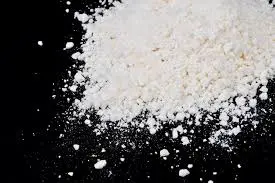
Stability Testing and Shelf-Life Extension
Comprehensive stability testing is essential to ensure that nonivamide powder formulations remain safe, effective, and shelf-stable under a range of environmental conditions. Variables such as pH, heat, light exposure, and moisture can gradually degrade the compound. Testing protocols should include accelerated and real-time studies, packaging compatibility evaluations, and chemical integrity assessments to guarantee long-term product performance.
To enhance shelf life, formulators may integrate stabilizers, antioxidants, or UV-blocking components. Furthermore, choosing packaging that provides a moisture and oxygen barrier—such as aluminum-laminated tubes or amber glass containers—helps protect the product, ensuring long-term stability and regulatory compliance throughout its market lifecycle.
Regulatory Compliance and Documentation
Adhering to regulatory frameworks governing nonivamide use is essential for obtaining market approval and ensuring long-term consumer safety. Regulatory requirements vary across regions—for instance, the FDA in the United States, EMA in Europe, and NMPA in China—all enforce specific standards regarding product safety, labeling accuracy, allowable concentrations, and permissible usage scenarios.
Maintaining thorough documentation of ingredient sourcing, manufacturing procedures, batch traceability, and comprehensive quality testing is vital for compliance. These records should include toxicological profiles, evidence of GMP-certified practices, and detailed post-market surveillance plans. Such rigorous documentation supports smooth regulatory audits, reduces potential legal liabilities, and builds consumer confidence by demonstrating consistent quality and accountability.
Conclusion
Formulating safely with nonivamide powder requires a thorough understanding of its properties, careful handling, and precise measurements. By following these guidelines and optimizing your formulations, you can harness the full potential of this versatile ingredient while ensuring product safety and efficacy. For high-quality nonivamide powder and expert guidance on its applications, contact us at information@sxrebecca.com.
_1730691017423.webp)

